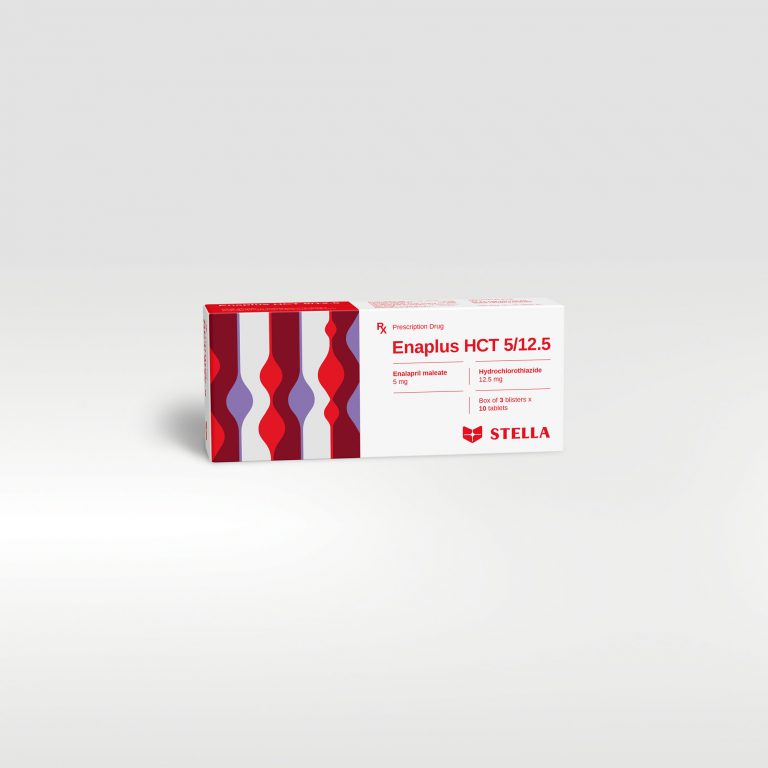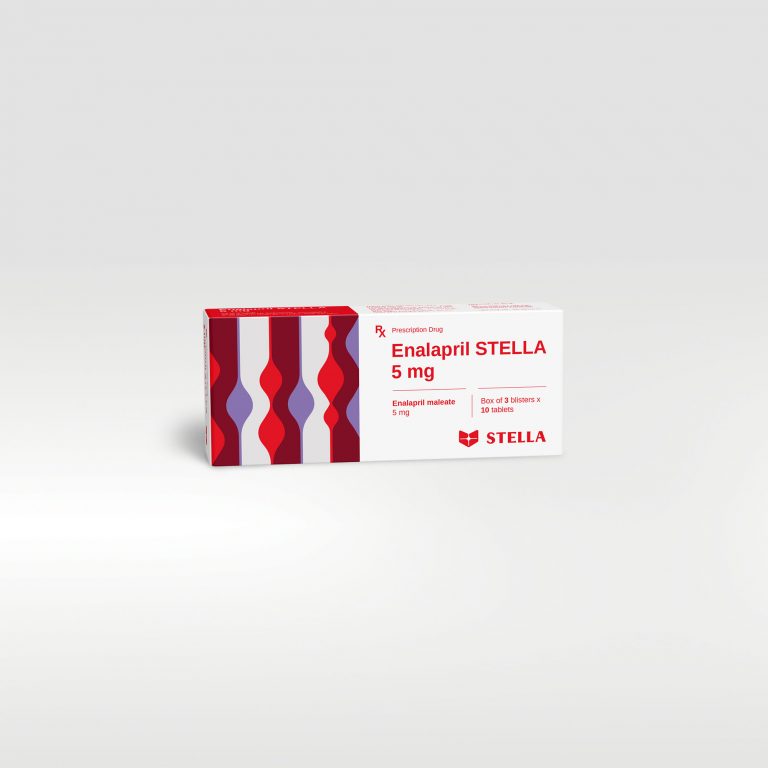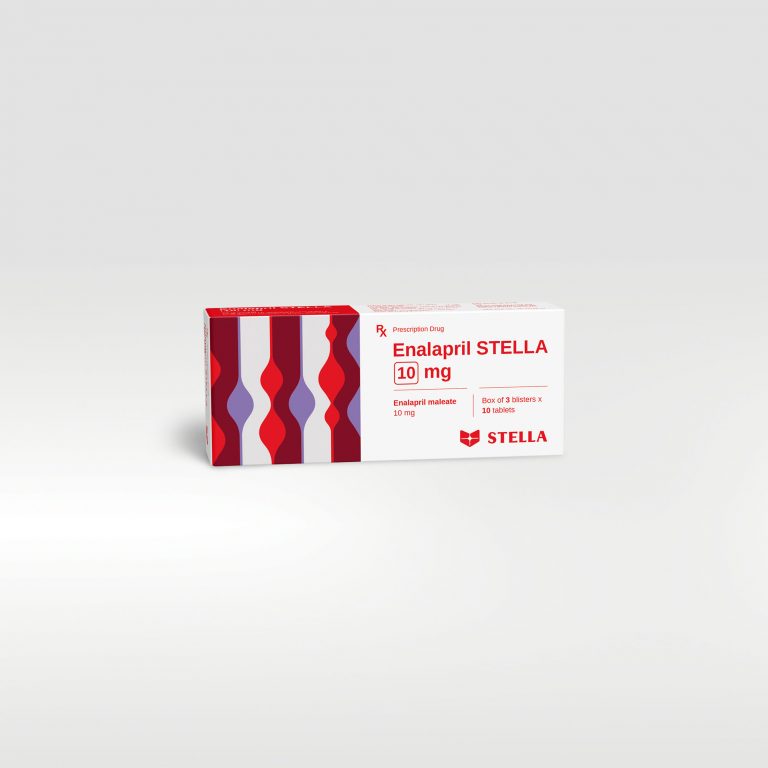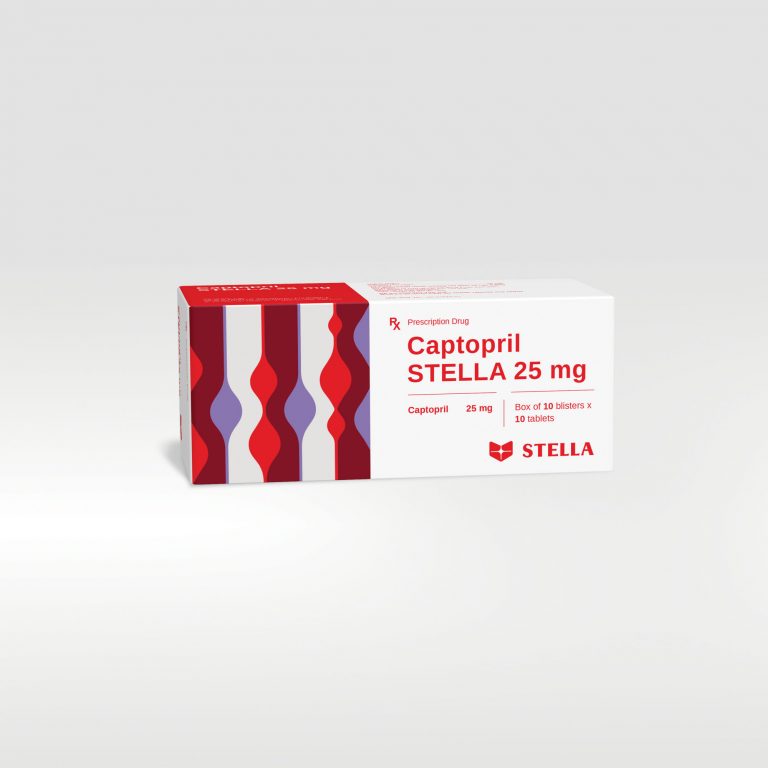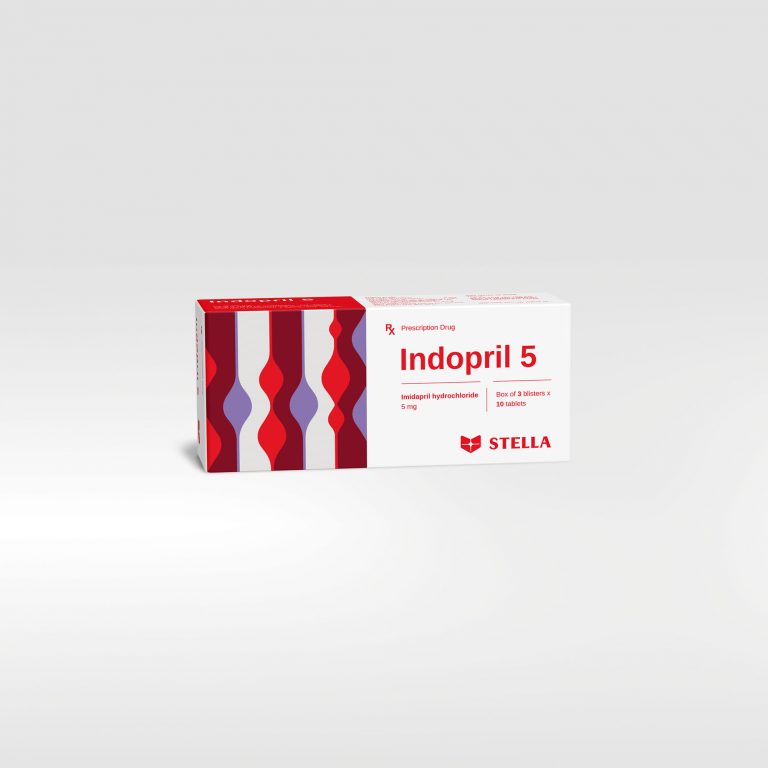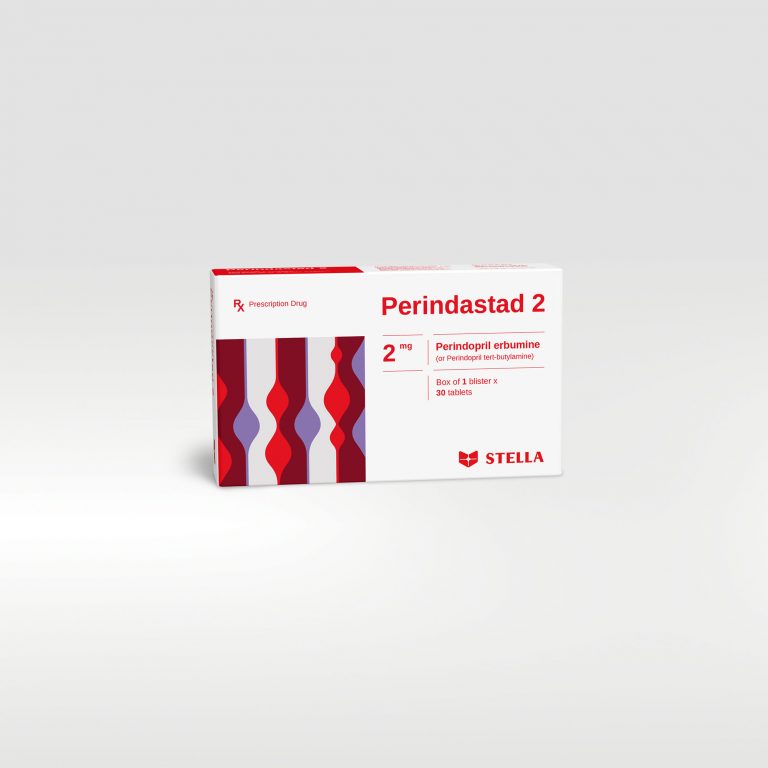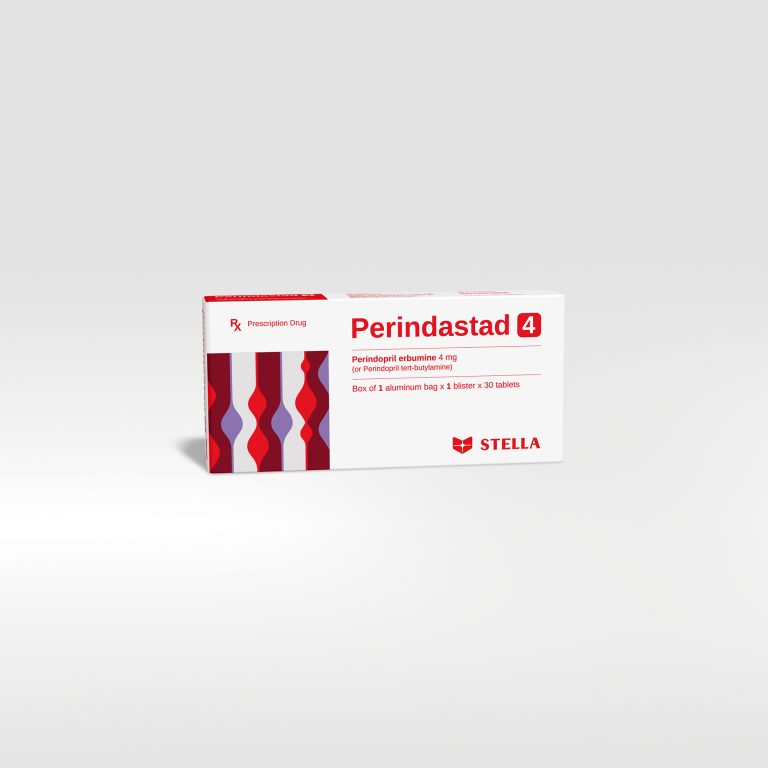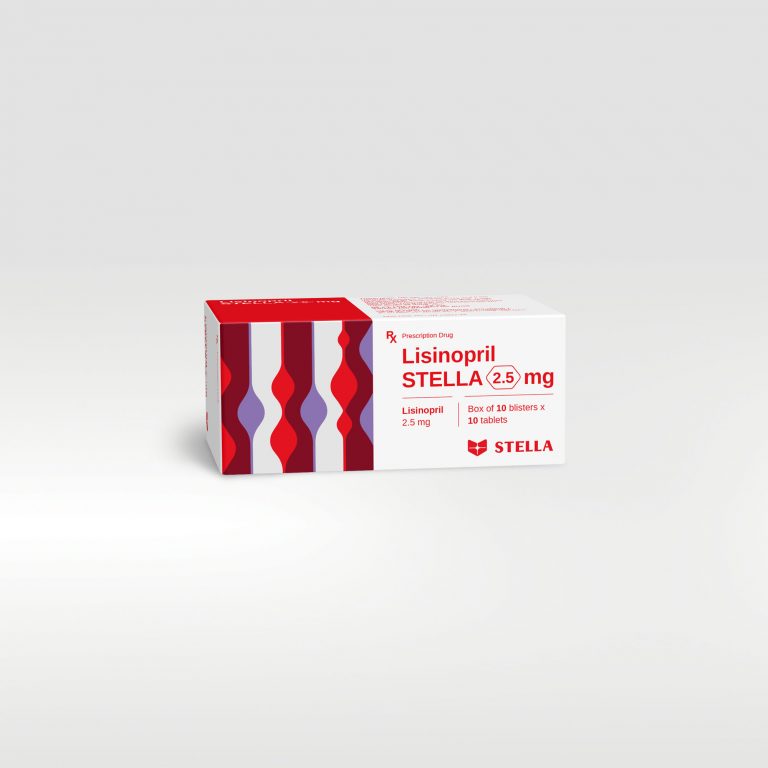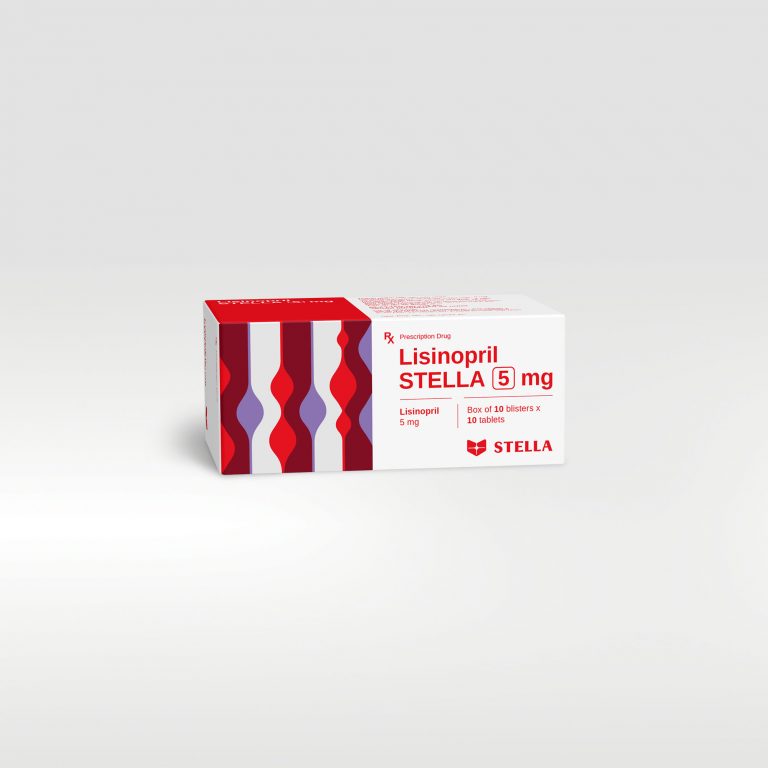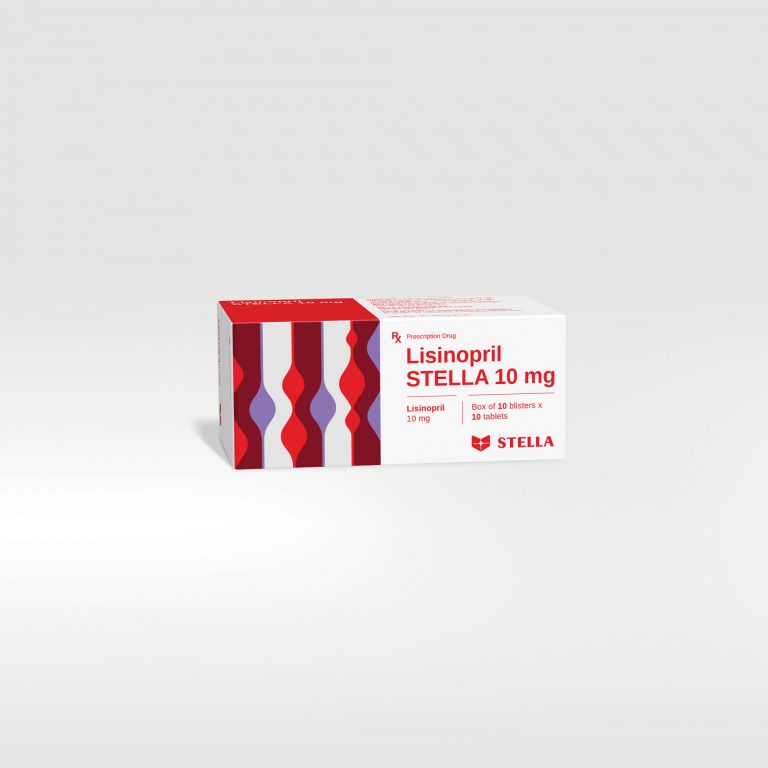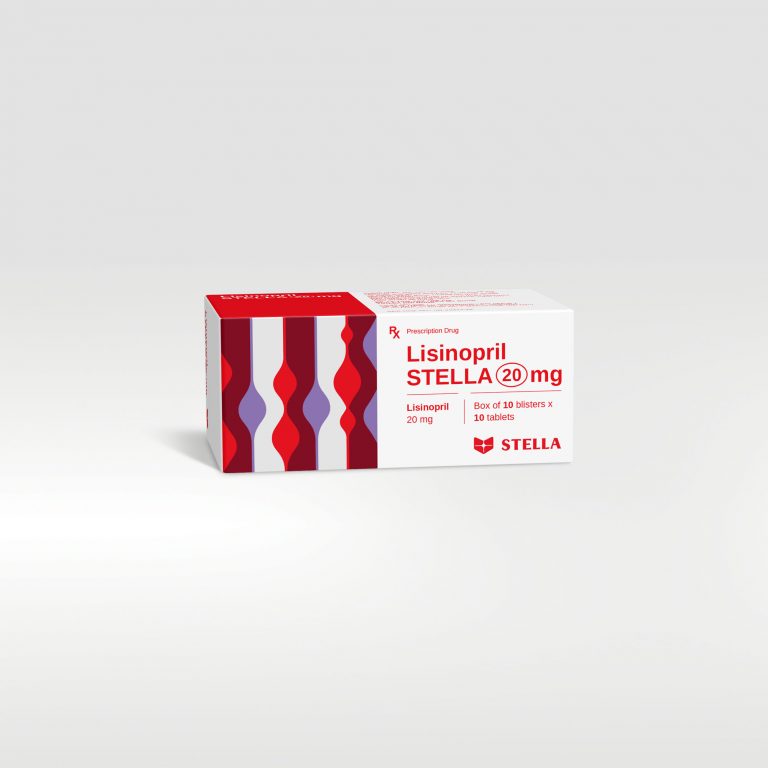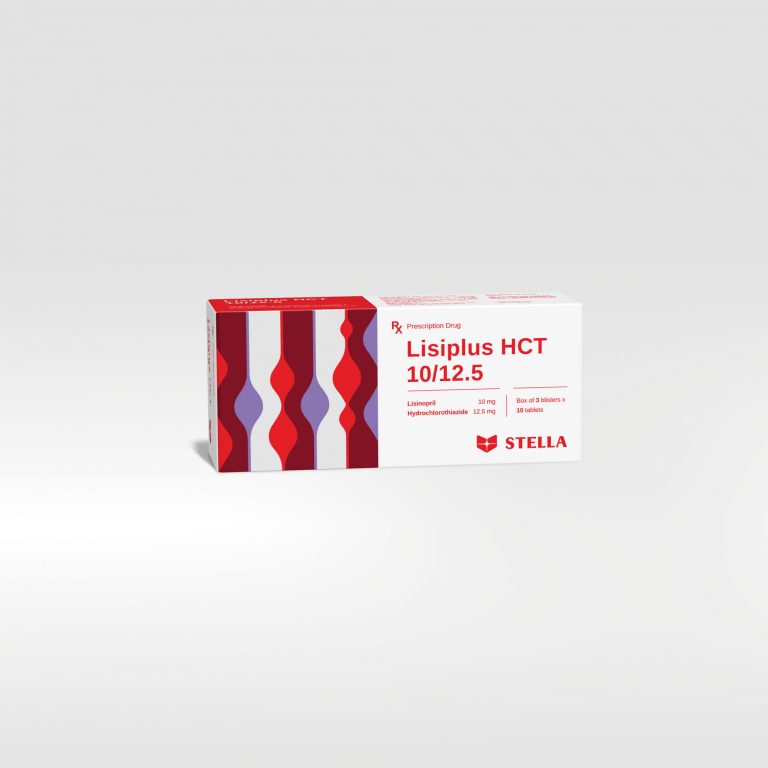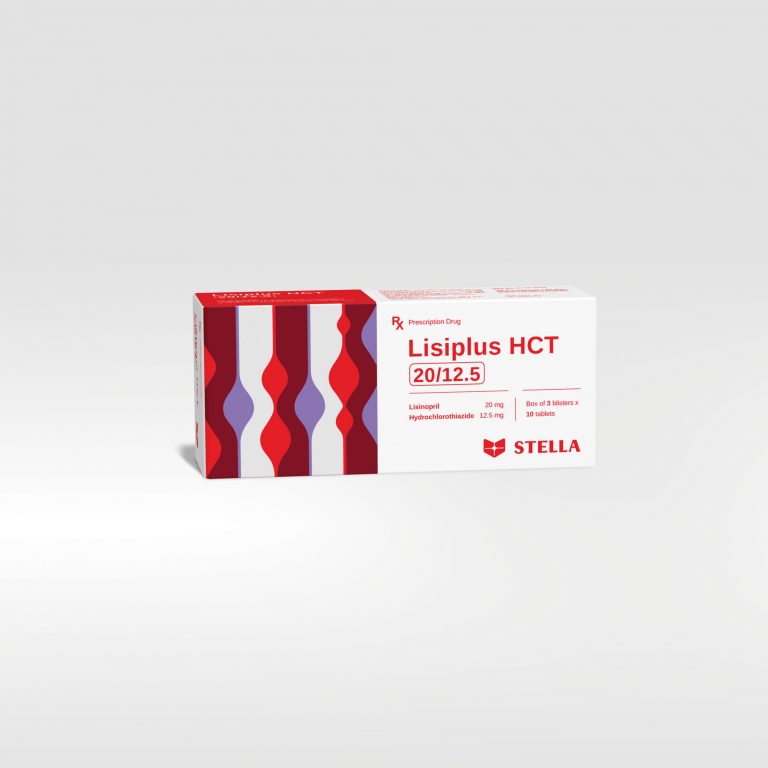Enalapril maleate – Hydrochlorothiazide
Hypotension and electrolyte fluid imbalance
- In hypertensive patients receiving Enaplus HCT 10/12.5, symptomatic hypotension is more likely to occur if the patient has been volume-depleted.
- In some patients with heart failure who have normal or low blood pressure, additional lowering of systemic blood pressure may occur with Enaplus HCT 10/12.5.
Renal function impairment
Renal failure has been reported in association with enalapril and has been mainly in patients with severe heart failure or underlying renal disease.
Dual blockade of the renin-angiotensin-aldosterone system (RAAS)
There is evidence that the concomitant use of ACE inhibitors, angiotensin II receptor blockers or aliskiren increases the risk of hypotension, hyperkalaemia, and decreased renal function.
Hyperkalaemia
The combination of enalapril and a low-dose diuretic cannot exclude the possibility of a hyperkalaemia to occur.
Lithium
The combination of lithium with enalapril and diuretic agents is generally not recommended.
Lactose
Patients with rare hereditary problems of galactose intolerance, total lactase deficiency or glucose-galactose malabsorption should not take this medicine.
Enalapril maleate
Aortic stenosis/Hypertrophic cardiomyopathy
ACE inhibitors should be given with caution in patients with left ventricular valvular and outflow tract obstruction and avoided in cases of cardiogenic shock and haemodynamically significant obstruction.
Renal function impairment
Renal failure has been reported in association with enalapril and has been mainly in patients with severe heart failure or underlying renal disease.
Renovascular hypertension
There is an increased risk of hypotension and renal insufficiency when patients with bilateral renal artery stenosis or stenosis of the artery to a single functioning kidney are treated with ACE inhibitors. Loss of renal function may occur with only mild changes in serum creatinine.
Haemodialysis patients
The use of enalapril is not indicated in patients requiring dialysis for renal failure.
Kidney transplantation
Enalapril in patients with a recent kidney transplantation.
Hepatic failure
Rarely, ACE inhibitors have been associated with a syndrome that starts with cholestatic jaundice or hepatitis and progresses to fulminant hepatic necrosis and (sometimes) death.
Neutropenia/Agranulocytosis
Neutropenia/agranulocytosis, thrombocytopenia and anaemia have been reported in patients receiving ACE inhibitors.
Hyperkalaemia
Elevations in serum potassium have been observed in some patients treated with ACE inhibitors, including enalapril.
Hypoglycaemia
Diabetic patients treated with oral antidiabetic agents or insulin starting an ACE inhibitor should be told to closely monitor for hypoglycaemia, especially during the first month of combined use.
Hypersensitivity/Angioneurotic oedema
- Angioneurotic oedema of the face, extremities, lips, tongue, glottis and/or larynx has been reported in patients treated with angiotensin converting enzyme inhibitors, including enalapril maleate.
- Patients with a history of angioedema unrelated to ACE inhibitor therapy may be at increased risk of angioedema while receiving an ACE inhibitor.
- Patients receiving coadministration of ACE inhibitor and mTOR inhibitor therapy may be at increased risk for angioedema.
Anaphylactoid reactions during hymenoptera desensitisation
Rarely, patients receiving ACE inhibitors during desensitisation with hymenoptera venom have experienced life-threatening anaphylactoid reactions.
Anaphylactoid reactions during LDL-apheresis
Rarely, patients receiving ACE inhibitors during low density lipoprotein (LDL)-apheresis with dextran sulfate have experienced life-threatening anaphylactic reactions.
Cough
Cough has been reported with the use of ACE inhibitors. Characteristically, the cough is non-productive, persistent and resolves after discontinuation of therapy.
Surgery/Anaesthesia
Enalapril blocks angiotensin II formation and therefore impairs the ability of patients undergoing major surgery or anaesthesia with agents that produce hypotension to compensate via the renin-angiotensin system.
Pregnancy
ACE inhibitors should not be initiated during pregnancy.
Ethnic differences
As with other angiotensin converting enzyme inhibitors, enalapril is apparently less effective in lowering blood pressure in black people than in non-blacks, possibly because of a higher prevalence of low-renin states in the black hypertensive population.
Hydrochlorothiazide
Renal function impairment
Thiazides may not be appropriate diuretics for use in patients with renal impairment and are ineffective at creatinine clearance values of 30 ml/min or below (i.e., moderate or severe renal insufficiency).
Hepatic disease
Thiazides should be used with caution in patients with impaired hepatic function or progressive liver disease, since minor alterations of fluid and electrolyte balance may precipitate hepatic coma.
Metabolic and endocrine effects
- Thiazide therapy may impair glucose tolerance. Dosage adjustment of antidiabetic agents, including insulin, may be required. Thiazides may decrease serum sodium, magnesium and potassium levels.
- Increases in cholesterol and triglyceride levels may be associated with thiazide diuretic therapy.
- Thiazides may decrease urinary calcium excretion and cause an intermittent and slight elevation of serum calcium in the absence of known disorders of calcium metabolism.
- Thiazide therapy may precipitate hyperuricaemia and/or gout in certain patients. This effect on hyperuricaemia appears to be dose-related. In addition enalapril may increase urinary uric acid and thus may attenuate the hyperuricaemic effect of hydrochlorothiazide.
- As for any patient receiving diuretic therapy, periodic determination of serum electrolytes should be performed at appropriate intervals.
- Thiazides (including hydrochlorothiazide) can cause fluid or electrolyte imbalance (hypokalaemia, hyponatraemia, and hypochloraemic alkalosis).
- Although hypokalaemia may develop during use of thiazide diuretics, concurrent therapy with enalapril may reduce diuretic-induced hypokalaemia.
- Hyponatraemia may occur in oedematous patients in hot weather.
- Thiazides may have been shown to increase the urinary excretion of magnesium, which may result in hypomagnesaemia.
Anti-doping test
Hydrochlorothiazide contained in this product can produce a positive analytic result in an anti-doping test.
Hypersensitivity
In patients receiving thiazides, sensitivity reactions may occur with or without a history of allergy and bronchial asthma. Exacerbation or activation of systemic lupus erythematosus has been reported with the use of thiazides.
Effects on ability to drive and use machines
When driving vehicles or operating machines it should be taken into account that occasionally dizziness or weariness may occur.

